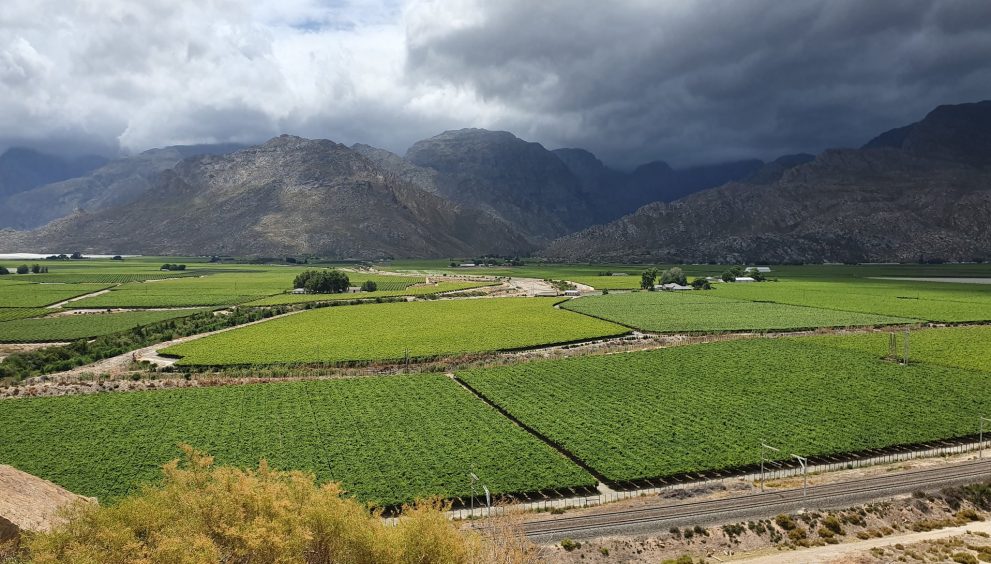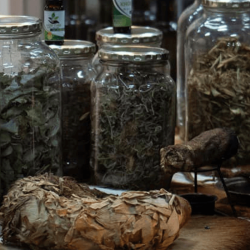Pretoria – While White House press briefings may paint a grim picture of a South African farming sector “under siege,” the reality on the ground tells a remarkably different story. Far from a community in flight, the nation’s agricultural engine has not only survived but thrived, registering impressive growth and cementing South Africa’s position as a major global food producer.
The narrative of a beleaguered farming sector, amplified in some international circles, frequently conflates legitimate concerns about South Africa’s high crime rate—an undeniable worry for all citizens—with misleading claims about land reform and property rights. “It is necessary to state that land expropriation without compensation is prohibited in the country,” asserts Wandile Sihlobo, Chief Economist of the Agricultural Business Chamber of South Africa (Agbiz). “The recent Expropriation Act has been massively misrepresented, and property rights remain intact. Land reform is still based on the market principles of the willing buyer and willing seller.”
Indeed, portraying the agricultural sector as a victim fundamentally misrepresents its trajectory. Since 1994, the sector has more than doubled in value and volume, making a substantial contribution to the country’s overall economic growth. This expansion has been broad-based, touching all major subsectors, including horticulture, field crops, and livestock.
Catalysts for Growth
Two key catalysts underpin this remarkable agricultural boom. Firstly, South Africa’s proactive embrace of technological advancements has been instrumental in driving productivity. This includes the adoption of improved genetics, advanced seed cultivars, effective vaccines, and sophisticated agrochemicals and fertilisers. Enhanced farming skills have also played a crucial role.
Secondly, a strategic focus on agricultural trade has emerged as a significant driver of progress. South Africa’s agricultural exports have soared, reaching a record US$13.7 billion in 2024. This impressive performance places South Africa as the world’s 32nd largest agricultural exporter—the only African country to feature in the top 40 by value.
The surge in exports has been facilitated by a robust network of trading agreements secured by the South African government over the past decades. Key partnerships have been forged with countries across Africa, Europe, the Americas, and increasingly, Asia. The African continent and Europe currently account for approximately two-thirds of South Africa’s agricultural exports, with Asia rapidly emerging as a vital new market.
Gains in Food Security, Challenges at Home
This increased agricultural output has had a direct positive impact on national food security. South Africa ranks 59th out of 113 countries in the Global Food Security Index, making it the most food-secure nation in Sub-Saharan Africa.
However, the celebratory tone must be tempered by the harsh reality that millions of South Africans still go to bed hungry every day. This paradox, as Sihlobo points out, is not a result of insufficient agricultural output but rather systemic issues. “Many South Africans lack access to food primarily due to income poverty challenges rather than a lack of availability resulting from low agricultural output, as is the case in other parts of Africa,” he explains. “In essence, we need to ensure that there is employment and that households have sufficient income to purchase food or implement various interventions to support them while being cognizant of the country’s fiscal constraints.”
Robust Employment and the Quest for Inclusivity
Despite the adoption of productivity-enhancing technology, employment within South Africa’s agricultural sector has remained remarkably robust. According to Stats SA data, approximately 922,000 people were employed in the industry in 1994. As of the last quarter of 2024, that number stands at around 924,000 in primary agriculture, showcasing consistent employment opportunities. Furthermore, encouraging employment conditions have been observed throughout the agricultural value chain, accompanied by improvements in wages over time.
While the agricultural progress of the last 31 years is undeniably admirable, a significant challenge remains: inclusivity. As Sihlobo articulates in his book, “A Country of Two Agricultures,” South Africa continues to grapple with a stark divide: “On the one hand, we have a subsistence, primarily non-commercial, and Black farming segment; on the other, we have predominantly commercial and White farmers.”
He laments that despite democratic government policies and private sector initiatives, efforts to unify the sector and foster the inclusion of Black farmers in commercial production at scale have largely underperformed. “It is no surprise that institutions such as the National Agricultural Marketing Council estimate that Black farmers account for less than 10%, on average, of commercial agricultural production in SA,” Sihlobo notes.
This lacklustre performance by Black farmers, he stresses, cannot be solely attributed to historical legacies, with the democratic government also bearing responsibility for these failures. Yet, amidst these challenges, Sihlobo offers a glimmer of hope: “What we can also not ignore is the anecdotal evidence pointing to a rise of Black farmers in some corners of SA. We see this in field crops, horticulture, and livestock in provinces such as Free State, Western Cape, Eastern Cape, and other regions.”
In a climate where sensational narratives can easily overshadow genuine progress, Sihlobo’s insights offer a crucial counterpoint. South Africa’s agricultural sector is not “under siege” but rather a dynamic force with immense potential. The path forward, he suggests, involves significantly expanding the “agricultural pie” by bringing in new entrant farmers, leveraging the government’s underutilised agricultural land of roughly 2.5 million hectares. This land, he advocates, should be released with titles to appropriately selected individuals, coupled with blended finance support and the invaluable training and backing of commodity associations.
Such an expansion of agricultural activity promises to deliver much-needed jobs to rural South Africa while simultaneously enhancing economic vitality and fostering greater inclusivity, a critical step towards bridging the divide between the nation’s two agricultural realities in the decade ahead. Sources




